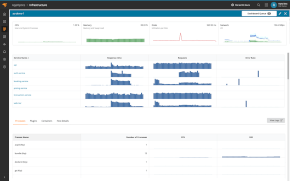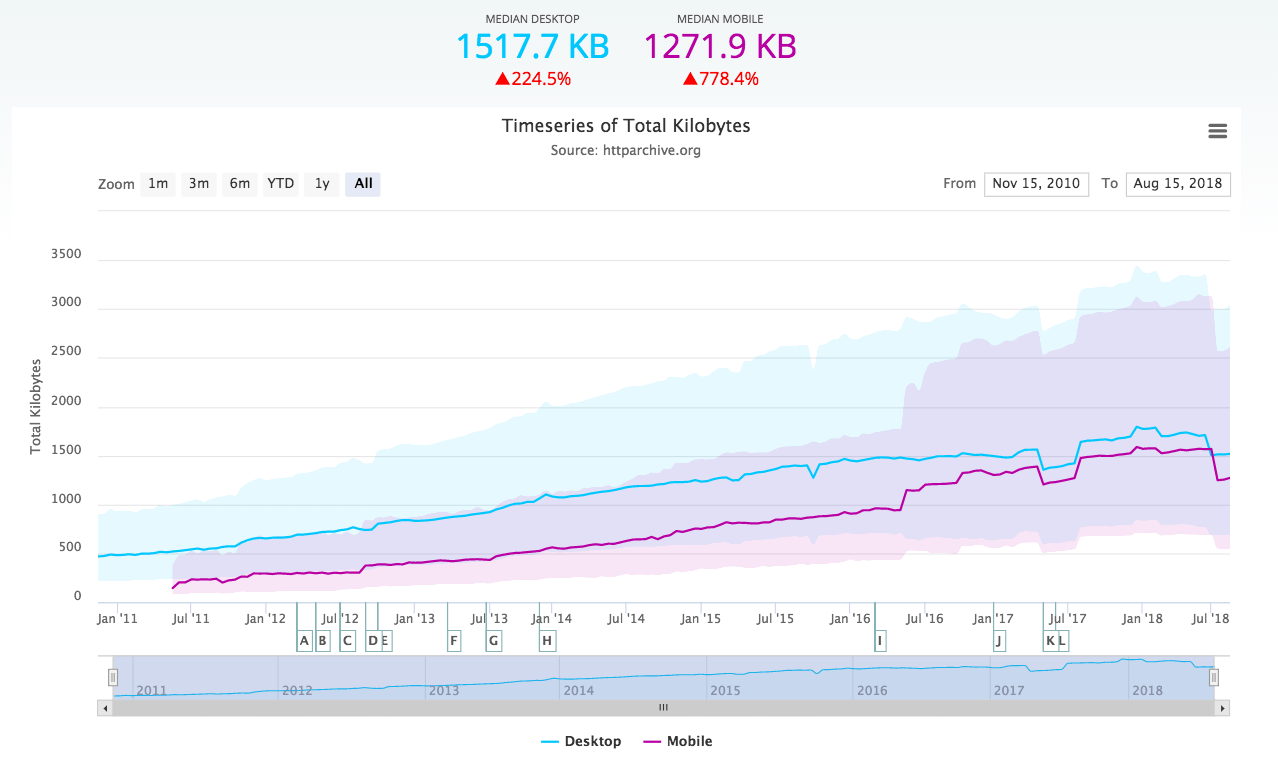According to a 2019 study conducted by Forrester, 44% of the IT directors surveyed indicated their organizations face unplanned downtime bimonthly. The study also estimated unplanned downtime costs 35% more per minute than planned downtime. If you’re an MSP, a failure to meet SLAs for uptime can lead to even higher costs and penalties.
That’s why keeping track of availability and performance issues across multiple geographies is crucial for most large organizations. However, restricting or mitigating damages due to downtime is becoming increasingly difficult for IT or operations teams, as their IT infrastructure is growing both in size and complexity. In such an environment, they need specialized tools designed to monitor their web assets and immediately alert them when there’s an outage. However, immediate alerting is reactive. By analyzing uptime history, IT teams can identify hidden patterns to help reduce downtime in a proactive manner. In this article, we’ll discuss the benefits of analyzing your website’s uptime history.
What Insights Does Uptime Data Contain?
An uptime monitoring tool not only sends you alerts when a website outage occurs, but it also tracks uptime status and analysis over time. By analyzing the historical data, you can uncover insights designed to reduce the frequency and duration of downtime. You can perform a trend analysis on uptime data to predict the probability of the next downtime and take preventive measures. This will also help you reduce mean time to recovery if an outage occurs inadvertently. You’ll also be able to estimate whether you can meet uptime SLAs for an ongoing time period and accordingly assign resources to avoid SLA breaches.
While it’s essential to understand the root cause of downtime to remediate issues, understanding commonalities across downtime incidents helps you drastically reduce the probability of downtime in the future. For example, if you’re facing issues frequently with IP resolve, you can address it by shifting to a more dependable DNS provider.
Uptime history also helps you understand the stability of your website and applications. For example, frequent server failures leading to downtime indicates you should redeploy your website for better availability. On the other hand, if the outages are occurring during traffic peaks, you can increase the capacity for improved availability of your website. In addition, data pertaining to past resiliency can help you analyze your capabilities in recovering from downtime. Subsequently, you can compare to historical data to understand how your efforts are improving uptime and reducing the possibility of downtime.
Better Insights With Pingdom Uptime Monitoring
SolarWinds® Pingdom® is a comprehensive uptime monitoring solution providing a global network of 100-plus probe servers. Pingdom alerts you when an outage occurs and double-checks before alerting to eliminate false positives. In addition to alerting you, Pingdom provides a root cause analysis to help you investigate why the outage has occurred and determine remedial steps.
Pingdom root cause analysis provides:
- Resolve IP tests, to identify any DNS-related issues
- Traceroute, to help you identify problems regarding network availability
- Get content request data, to help you uncover any server-side issues
Pingdom generates uptime reports with the results of every uptime check performed by Pingdom’s probe servers. The report contains uptime and downtime data along with the attached root cause analysis for each outage. You can share website availability with Pingdom Public Status Pages, to enable transparency with clients or key stakeholders.
Why Uptime History Alone Isn’t Enough?
Even if a website is available, it doesn’t mean the entire site is functioning properly and users are able to complete specific actions like logging in or checking out. Nor does it ensure, for example, a network issue isn’t leading to longer-than-usual load times, impacting user experience. For performance issues like these, you can use page speed monitoring, transaction monitoring, and real user monitoring. Combined with uptime monitoring, these offer the most comprehensive site monitoring to ensure you’re delivering a reliable user experience and meeting business objectives on the site.
Conclusion
In addition to knowing when outages occur, analyzing uptime data can help you uncover valuable insights. While many uptime monitoring solutions will alert you when outages occur, their features and scalability vary. In our view, Pingdom uptime monitoring is one of the most comprehensive solutions offering root cause analysis, geographic availability testing, and longer data retention periods. The scalability and simplicity of Pingdom make it apt for monitoring simple websites to enterprise-scale, complex web applications. Pingdom provides both synthetic and real user monitoring from a single pane of glass, providing you comprehensive visibility into the user experience and enhanced troubleshooting capabilities.
























